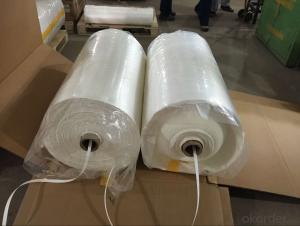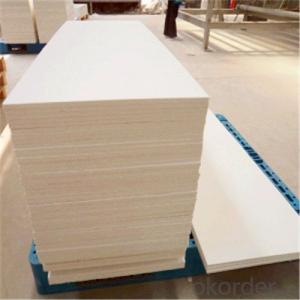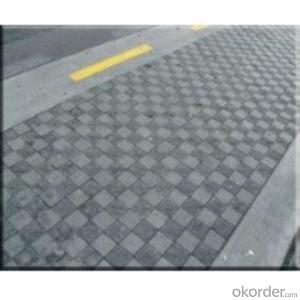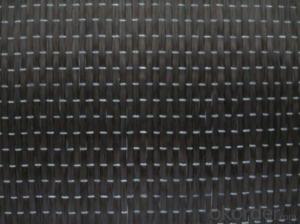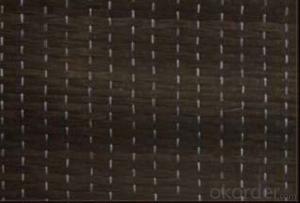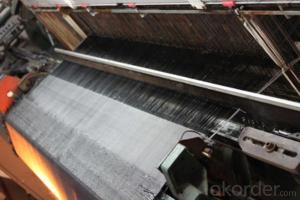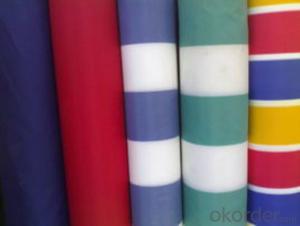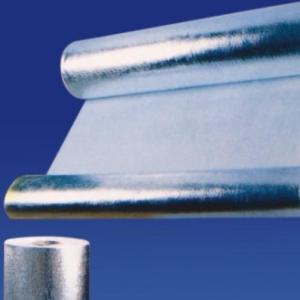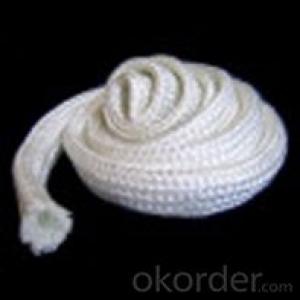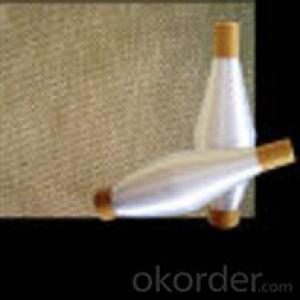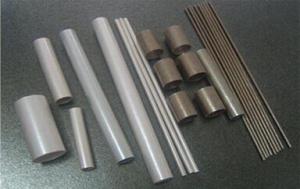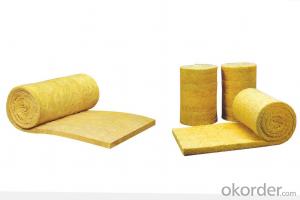18oz Silica Fiberglass Cloth Resisting 1000C for Heat Resistant
- Loading Port:
- China main port
- Payment Terms:
- TT OR LC
- Min Order Qty:
- 1000 m
- Supply Capability:
- 100000 m/month
OKorder Service Pledge
OKorder Financial Service
You Might Also Like
Product Description
Silica fiberglass is inorganic fiber that contents more than 96% of SiO2, it's resistant to high temperature, soft point 1700°C, long term service temperature 900 °C, it can work 10 minites at 1450 °C and keeps good state at 1600 °C for 15 seconds. For it's properties of chemical stability, high temperature resistance and ablation resistance, it widely used in aviationand aerospace, metallurgy, chemical, building material and fire fighting industry, etc.
Our factory is the only one that specialized manufacture silica fiberglass in China and has the production line of the whole process from marble making, fiber forming, weaving, and finish. The strength of silica fiberglass made from Na2O-B2O3-SiO2 system glass is 3-5 times higher than that from E glass. The products sold to more than 20 provinces, cities, autonomous regions and exported to foreign countries.
Silica fiberglass products are available in forms of needled mat, fabric, scrim, staple yarn, chopped strand and cord, etc.
Product Properties
1> SiO2>=96%
2> soft point nearly 1700°C, long-time working at 900°C
3> low thermal conductivity
4> good chemical stability
5> good electrical insulation
6> low thermal shrinkage
7> Non-asbestos product without pollution
8> good process performance
Product Uses
High temperature resistant, insulation and sealing material
High temperature ablation resistant material
Fireproof material (for fireproof protective clothe, fireproof curtain, fire blanket)
Dust collecting in media of high temperature gas and filtration in media of high temperature liquid
Filter for molten metal
Distinguisher, insulation material, filtration of automobile and motorcycle
Protective material for welding
Electricity insulation material
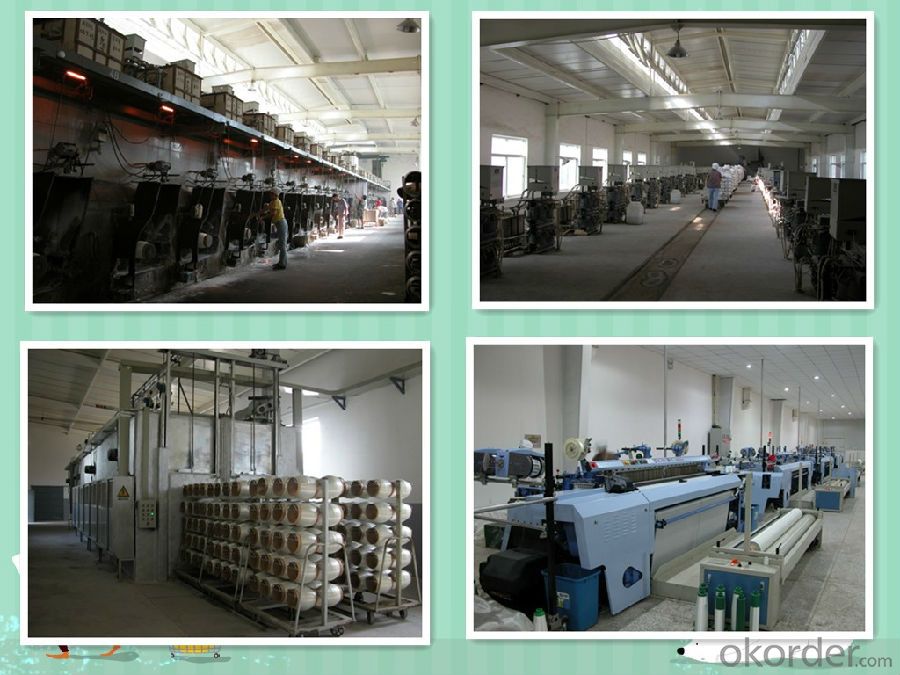
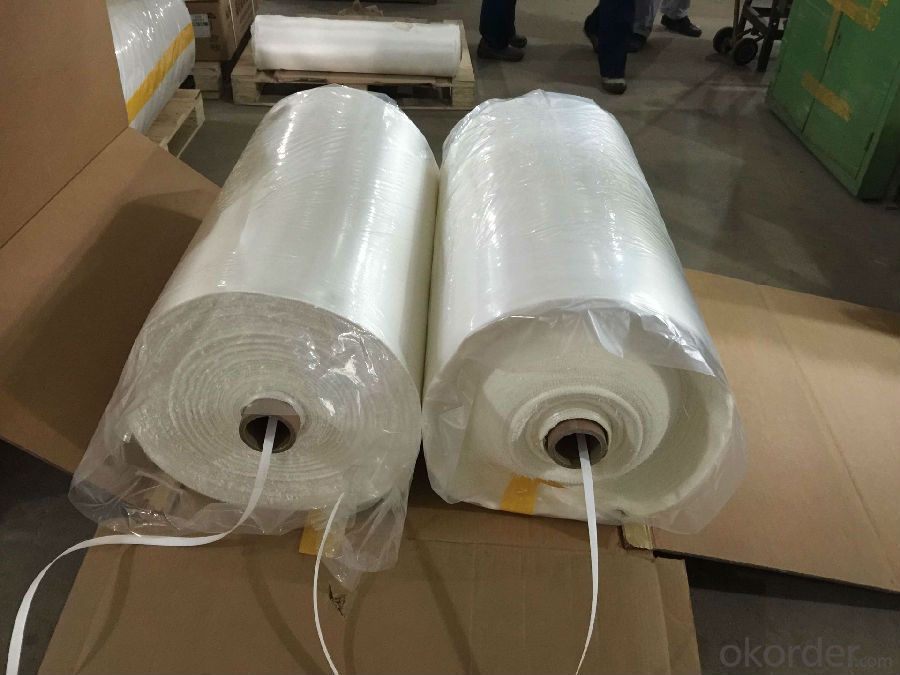
- Q:Are glass fiber textiles resistant to staining from food and beverages?
- Glass fiber textiles have a general resistance to staining caused by food and beverages. To manufacture glass fiber textiles, glass fibers are woven or knitted together to form a durable and strong fabric. This fabric's non-porous and smooth surface naturally prevents staining. Unlike other fabrics, glass fiber textiles do not easily absorb liquids, making it challenging for stains to penetrate the material. Additionally, a protective coating or finish is often applied to enhance their stain resistance. However, it is essential to acknowledge that no fabric can be entirely stain-proof, and certain highly pigmented food or drinks may temporarily leave marks on glass fiber textiles. To minimize potential staining, regular cleaning and maintenance following the manufacturer's instructions are recommended.
- Q:Can glass fiber textiles be used for reinforcement in fiberglass boats?
- Yes, glass fiber textiles can be used for reinforcement in fiberglass boats. In fact, they are commonly used in the construction of fiberglass boats due to their high strength-to-weight ratio and excellent resistance to corrosion and moisture. Glass fiber textiles are typically woven or knitted into fabric or mat forms, which are then impregnated with a resin, such as polyester or epoxy, to create a composite material. This composite material, known as fiberglass, provides structural integrity and enhances the overall strength and durability of the boat. The textiles can be applied to various parts of the boat, including the hull, deck, and interior, to reinforce specific areas and improve the boat's performance and longevity.
- Q:How do glass fiber textiles contribute to dimensional stability?
- Glass fiber textiles contribute to dimensional stability by providing high tensile strength and low elongation properties. The interwoven glass fibers create a strong and rigid structure that resists stretching or shrinking when exposed to changes in temperature or humidity. This stability ensures that the textile maintains its original shape and size over time, making it an ideal material for applications where precise dimensions are crucial, such as in construction or aerospace industries.
- Q:Can glass fiber textiles be used in reinforcement of coatings?
- Yes, glass fiber textiles can be used in the reinforcement of coatings. Glass fiber textiles are known for their high strength and durability, which makes them an excellent choice for reinforcing coatings. When incorporated into coatings, glass fiber textiles can enhance the overall mechanical properties of the coating, such as its tensile strength, impact resistance, and dimensional stability. Additionally, glass fiber textiles can help to prevent cracking and delamination of the coating, thereby improving its longevity and performance. Overall, glass fiber textiles are a versatile and effective reinforcement material for coatings in various industries, including automotive, aerospace, construction, and marine applications.
- Q:Can glass fiber textiles be used in air ducts?
- Indeed, air ducts can make use of glass fiber textiles. These textiles are often employed as insulation materials in HVAC systems, which encompass air ducts. They possess outstanding thermal qualities that offer insulation, thereby preventing heat transfer and preserving the desired temperature within the ducts. Additionally, glass fiber textiles possess resistance against moisture, mold, and mildew, rendering them highly suitable for deployment in environments characterized by elevated humidity levels. Furthermore, due to their lightweight nature and ease of installation, they present a practical choice for air ducts. Taken as a whole, glass fiber textiles represent a fitting option for insulating and safeguarding air ducts across various HVAC applications.
- Q:Can glass fiber textiles be printed?
- Yes, glass fiber textiles can be printed. Glass fiber textiles are versatile materials that can be printed using various techniques such as screen printing, digital printing, and transfer printing. These printing methods allow for the application of designs, patterns, or images onto the glass fiber textiles, enhancing their aesthetic appeal and functionality. The printing process may require specific inks or dyes that are compatible with glass fibers to ensure proper adhesion and colorfastness. Additionally, it is important to consider the specific properties of glass fiber textiles, such as their heat resistance and durability, during the printing process to achieve the desired results.
- Q:Can glass fiber textiles be used for reinforcement in rubber products?
- Yes, glass fiber textiles can be used for reinforcement in rubber products. Glass fibers have high tensile strength and are resistant to heat, making them suitable for reinforcing rubber materials and enhancing their mechanical properties.
- Q:Are glass fiber textiles suitable for automotive applications?
- Yes, glass fiber textiles are suitable for automotive applications. They are lightweight, strong, and provide excellent thermal and acoustic insulation properties, making them ideal for various automotive components such as interiors, seat covers, carpets, and insulation materials. Additionally, glass fiber textiles offer good resistance to chemicals, abrasion, and UV rays, ensuring durability and longevity in automotive applications.
- Q:How should the glass fiber felt be used in detail?
- So, what's the use of glass fiber?Glass glass fiber rope twisted, can be called "the king of the rope." glass rope a finger as crude, actually be able to lift a truck full of goods! Because the glass rope not afraid of corrosion, no rust, so as a cable crane sling, very suitable synthetic fiber products do. Although the rope firmly, but it will melt at high temperatures, and the glass rope but not afraid, therefore, the lifeguard used glass rope special security.
- Q:How do glass fiber textiles perform in terms of breathability?
- Breathability is generally not a strong suit for glass fiber textiles, also known as fiberglass textiles. Unlike natural fibers such as cotton or linen, glass fibers lack the porous structure needed for air to easily pass through. They are tightly woven, which restricts airflow and can lead to discomfort for those who prefer more breathable fabrics. However, it's worth noting that the breathability of glass fiber textiles can vary depending on the manufacturing and finishing processes. Some manufacturers may incorporate techniques like micro-perforations or specific weaving patterns to improve breathability. Therefore, it is recommended to review product specifications or consult with manufacturers to determine the breathability of specific glass fiber textiles.
1. Manufacturer Overview |
|
|---|---|
| Location | |
| Year Established | |
| Annual Output Value | |
| Main Markets | |
| Company Certifications | |
2. Manufacturer Certificates |
|
|---|---|
| a) Certification Name | |
| Range | |
| Reference | |
| Validity Period | |
3. Manufacturer Capability |
|
|---|---|
| a)Trade Capacity | |
| Nearest Port | |
| Export Percentage | |
| No.of Employees in Trade Department | |
| Language Spoken: | |
| b)Factory Information | |
| Factory Size: | |
| No. of Production Lines | |
| Contract Manufacturing | |
| Product Price Range | |
Send your message to us
18oz Silica Fiberglass Cloth Resisting 1000C for Heat Resistant
- Loading Port:
- China main port
- Payment Terms:
- TT OR LC
- Min Order Qty:
- 1000 m
- Supply Capability:
- 100000 m/month
OKorder Service Pledge
OKorder Financial Service
Similar products
New products
Hot products
Hot Searches
